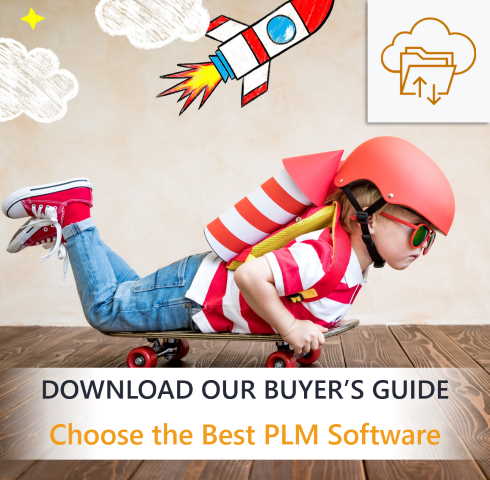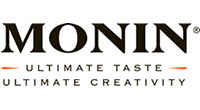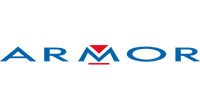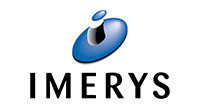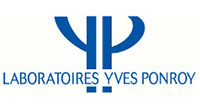
Answering the question “What is PLM software?” is not the matter of a single blog post. For a first-level presentation of PLM technology, we invite you to read our dedicated page.
Here, we will try to answer this question by uncovering the many more specific considerations it raises.
1. What is PLM software’s origin?
In the late 90s, digital is full of promise and solutions such as Electronic Document Management Systems (E.D.M.S.) are already well known and adopted by leading organizations. However, the aerospace and automotive industries seek more precise management of technical information for their millions of parts sourced from thousands of suppliers. Product Data Management (P.D.M.) grows as a major concern for industry leaders and lays the foundations of what will become Product Lifecycle Management (P.L.M.) solutions.
As years go by, PLM best practices are consolidated and technology improves quickly. PLM solutions get more accessible and are not limited to big corporations anymore. Other industries also understand the benefits they could take from this technology. By the early 2000s, the PLM capacity to handle complex environments attracts its first customers from the Consumer Packaged Goods (C.P.G.) industries, like food and beverage, and beauty, cosmetic and personal care.
The CPG industry lives a transformation of the same intensity as the aerospace and automotive industries did a couple of decades ago: regulations strengthen, globalization accelerates and market trends shift faster. By providing a single working environment and version of the truth, PLM software inevitably became one of the major assets for New Product Development (N.P.D.).
2. What is PLM software’s functional scope for the CPG industry?
CPG manufacturers obviously face very different challenges than aerospace and automotive manufacturers. CPG products go through quick and continuous innovation cycles, thus having shorter lifespans, and increasing the importance of time-to-market. To do so, information must be reliable, collaboration smooth, processes efficient, quality unfailing, errors cut down, and ultimately innovation fostered.
Our vision is that a PLM solution marketed for CPG manufacturers must be able to:
– Ensure a single version of the truth of product and project related data and information
– Embark all internal and external NPD stakeholders in a unique working environment
– Provide every team with dedicated features to optimize the added value of design operations
– Automate and safeguard critical steps and stage gates to establish consistent marketing, quality and regulatory compliance
3. What is PLM software usually mistaken with?
The main confusion that we notice among our prospects is mistaking Product Information Management (P.I.M.) and Product Lifecycle Management (P.L.M.) software. We invite you to read our white paper dedicated to the subject, which we could sum up as follows:
- The PLM controls the product information during the innovation cycle, from the marketing ideation to the end of its commercialization
- The PIM centralizes the product information and publishes it through the proper channels
Though these 2 technologies do not serve the same purpose, they offer a complementary approach of product information management.
Another confusion is thinking that another technology with a few NPD add-ons is enough to answer your needs. An ERP with basic formulation features may seduce you by the apparent trouble-free absence of the need to implement an additional PLM solution. However, it will show great limitations as soon as you reach its potential and face further NPD needs. PLM technology’s holistic approach of new product development makes it an inevitable element of tomorrow’s IT landscape. Sure it will evolve, but it will stay.
4. What is PLM software’s future?
We consider that offering on-premise or cloud options and ERP interfacing should be the norm for any PLM provider today. So we won’t talk further about that in this post.
Although some PLM solutions are already going beyond this first level connection between the design and production chains- such as Lascom Lime being able to take into account the specific machine configurations of different production sites before editing the batch sheets and manufacturing processes- many opportunities still await. First, the obvious Internet of Things (I.o.T.) will enable deeper synchronization throughout the whole product lifecycle.
Also, sustainable product development will become another major concern in the coming decades as global and national regulations push for an ever-lower environmental impact of our industries. PLM solution providers hold the biggest potential to solve this challenge as the technology guarantees an end to end traceability of product specification. Connected with real time metrics from the suppliers, production chain or retail outlets, one can expect an organization’s PLM solution to become its central brand equity tool.
In the next part, we will answer the following:
-
What is PLM software’s most important concept to remember?
-
What is PLM software’s hardest concept to grasp?
-
What is PLM software’s greatest limitation?
-
What is PLM software’s maintenance need?



